Material Models Blog Posts
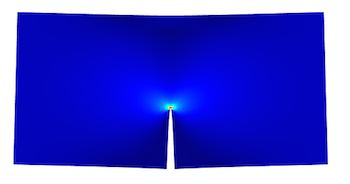
Singularities in Finite Element Models: Dealing with Red Spots
Seeing red? Explore common causes of singularities in your finite element models, as well as when and how to remove them and how to interpret your simulation results.
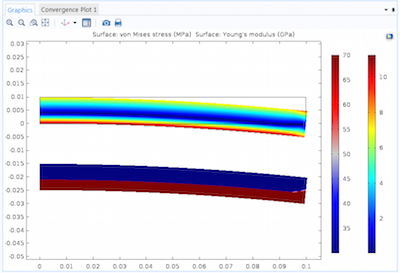
Part 2: Obtaining Material Data for Structural Mechanics from Measurements
Learn how to use nonlinear elastic and elastoplastic materials, as well as a method for using your measured data directly in COMSOL Multiphysics®. Part 2 of a series on hyperelastic materials.
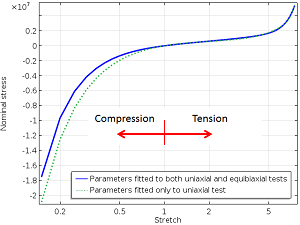
Obtaining Material Data for Structural Mechanics from Measurements
Linear elastic, hyperelastic, nonlinear elastic, plasticity, creep, concrete: COMSOL Multiphysics® contains a number of built-in material models for structural analyses. Get an intro >>
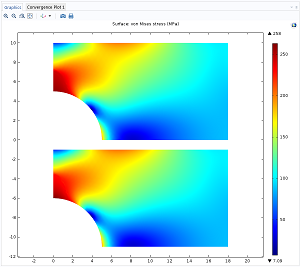
Introducing Nonlinear Elastic Materials
Examples of nonlinear elastic material models: Ramberg-Osgood, Duncan-Chang, Hardin-Drnevich, Power law, and more. We discuss how to apply nonlinear elastic materials in your analyses.
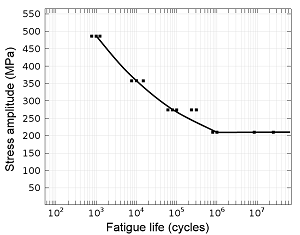
How to Obtain Fatigue Model Parameters
2 challenges when modeling fatigue: 1.) selecting a suitable fatigue model for your application and 2.) obtaining the material data for the selected model.
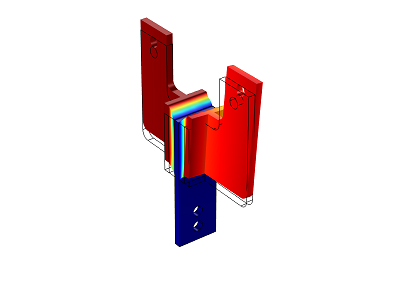
Reducing Vibrations with Viscoelastic Structural Dampers
Whether caused by an earthquake or everyday wind, when a structure undergoes vibrations, its components experience stresses and strains. Viscoelastic structural dampers can help >>
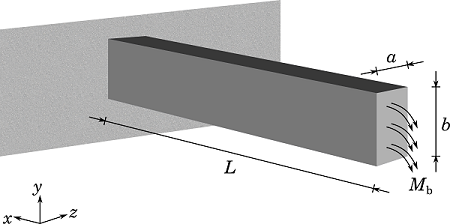
How to Model Residual Stresses Using COMSOL Multiphysics
Learn how to compute the residual stresses in your structural mechanics models. To demonstrate, we use the example of a deep metal drawing process. Read on…

Modeling Thermal Fatigue in Nonlinear Materials
2 challenges when simulating fatigue in nonlinear materials: 1.) Correctly representing the material behavior and 2.) finding a fatigue model that captures the life-controlling mechanism.
